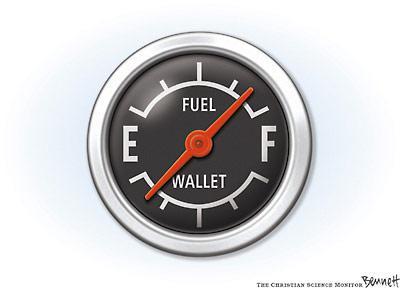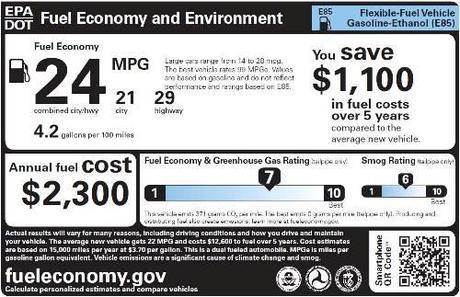 The DOE Energy Blog posted this news a while ago, but it’s still informational as the change doesn’t take effect for another year or so. As Americans become more concerned with the economical and environmental costs associated with owning and operating a car, it’s more important than ever to have an easy to understand way to see fuel costs for vehicles. The new labels from the EPA and DOT do exactly that. According to the DOE blog,
The DOE Energy Blog posted this news a while ago, but it’s still informational as the change doesn’t take effect for another year or so. As Americans become more concerned with the economical and environmental costs associated with owning and operating a car, it’s more important than ever to have an easy to understand way to see fuel costs for vehicles. The new labels from the EPA and DOT do exactly that. According to the DOE blog,
Traditional miles per gallon estimates will be joined by the average annual fuel costs for each vehicle, along with a comparison of emissions and fuel costs and savings in relation to the average new vehicle. For consumers who want to delve even deeper without leaving the lot, the new labels also feature a Quick Response (QR) code that allows car buyers to comparison shop on the go. Shoppers can scan the QR code with their smart phones to store that vehicle’s information, compare it to other vehicles, and access Fueleconomy.gov for more detailed estimates based off current gas prices and electricity rates in their area.
A sample label is presented below.

With increasingly varied and complex vehicle choices, consumers need to know how much it will cost to run a vehicle instead of just purchase it. The new labels should make it clear that more efficient vehicles, including hybrids, electric vehicles, or alternative fuel vehicles can lead to big costs savings over the life of the vehicle.
[image]
[label]

